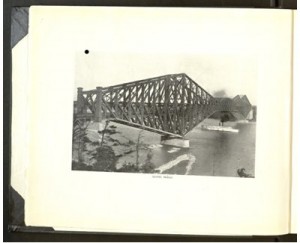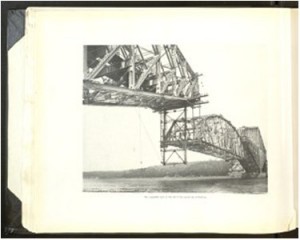Falvey Scholars 2022: Mai Khuc ’22 COE
 The Falvey Scholars Program is an annual program established by Falvey Library to recognize outstanding undergraduate research. Now in its 20th year, the program is a collective initiative of the Library and the Center for Research and Fellowships. The recipients of this award are selected from a pool of candidates nominated by Villanova faculty and reviewed by Library staff and faculty.
The Falvey Scholars Program is an annual program established by Falvey Library to recognize outstanding undergraduate research. Now in its 20th year, the program is a collective initiative of the Library and the Center for Research and Fellowships. The recipients of this award are selected from a pool of candidates nominated by Villanova faculty and reviewed by Library staff and faculty.
This year, eight students received awards, their work reflecting the breadth and depth of undergraduate research at the University as well as the support the Library, its resources and staff, provide student-scholars.
This blog is the last of seven installments, which will introduce our scholars and cover their research in their own words. Look for additional coverage of the Falvey Scholars in the fall issue of Mosaic.
Congratulations to all of our Falvey Scholars, past and present!
Scholar Summary
Mai Khuc ’22 COE
- Project Title: “Cost Estimation Tools for Data Center Two-Phase Cooling with Vapor Recompression-based Heat Recovery”
- Faculty Mentor: Aaron Wemhoff, PhD, Associate Professor, Mechanical Engineering
- Hometown: Ho Chi Minh City, Vietnam
- Other Honors: Selected for Big East Poster Competition, Academic Excellence Award for the College of Engineering, Tau Beta Pi, Pi Tau Sigma, National Grand Challenge Scholar Program
Describe your research in your own words.
Data centers consume approximately 2% of all U.S. electricity, so efficiency improvements can yield large financial and environmental benefits.
I started out by learning about data centers, their operations, and their energy usage. I have never had a chance to learn about air conditioning systems in my engineering class before, thus Falvey Library was a great resource for me to get started.
After modeling the heat recovery system in Aspen Plus simulation software, I once again relied on the Library to learn about financial terminology, such as capital cost as well as payback period and how to calculate them. I also looked up different case studies to compare my analysis with other researchers’ work. After getting my capital cost and payback period, I used different sustainability metrics to evaluate these systems’ performance from an environmental perspective.
How did Falvey’s resources and databases impact your research?
The resources from Falvey Library have helped me tremendously throughout my career at Villanova, especially over this project where I tried to estimate the capital cost of a data center energy recovery system.
The online library has a wide variety of both physical and electronic books, journal articles, and conference papers for me to learn more about data centers, their energy consumption, as well as different heat recovery options. My project also has environmental and business aspects, such as sustainability metrics and capital cost estimation, thus many large databases in different fields that Falvey has have allowed me to access the top-quality papers in multiple disciplines.
How did the Library’s staff impact your research and academic experience?
Those resources could not have been used to their full potential if not thanks to the most friendly and supportive librarians that I met. I was fortunate enough to meet Alfred Fry, Science and Engineering Librarian, during my first semester at Villanova when he came to two of my classes to teach us how to most effectively utilize Falvey’s resources.
Those tips that Alfred has taught us have been extremely helpful for me, especially for this research since I was looking for a very niche field. I have also had the opportunity to work with both Alfred and Linda Hauck, Business Librarian, personally, and while our meeting was not directly related to this research, I have learned a lot from their guidance during these sessions and applied it to my project, specifically their advice on how to properly use engineering and economics resources.
What’s next for you?
I am now working as an Energy Engineer in the Albany, N.Y., office of Ramboll, an engineering consulting firm based in Denmark. While I won’t be working directly with data centers, it is still working to use energy most efficiently.

